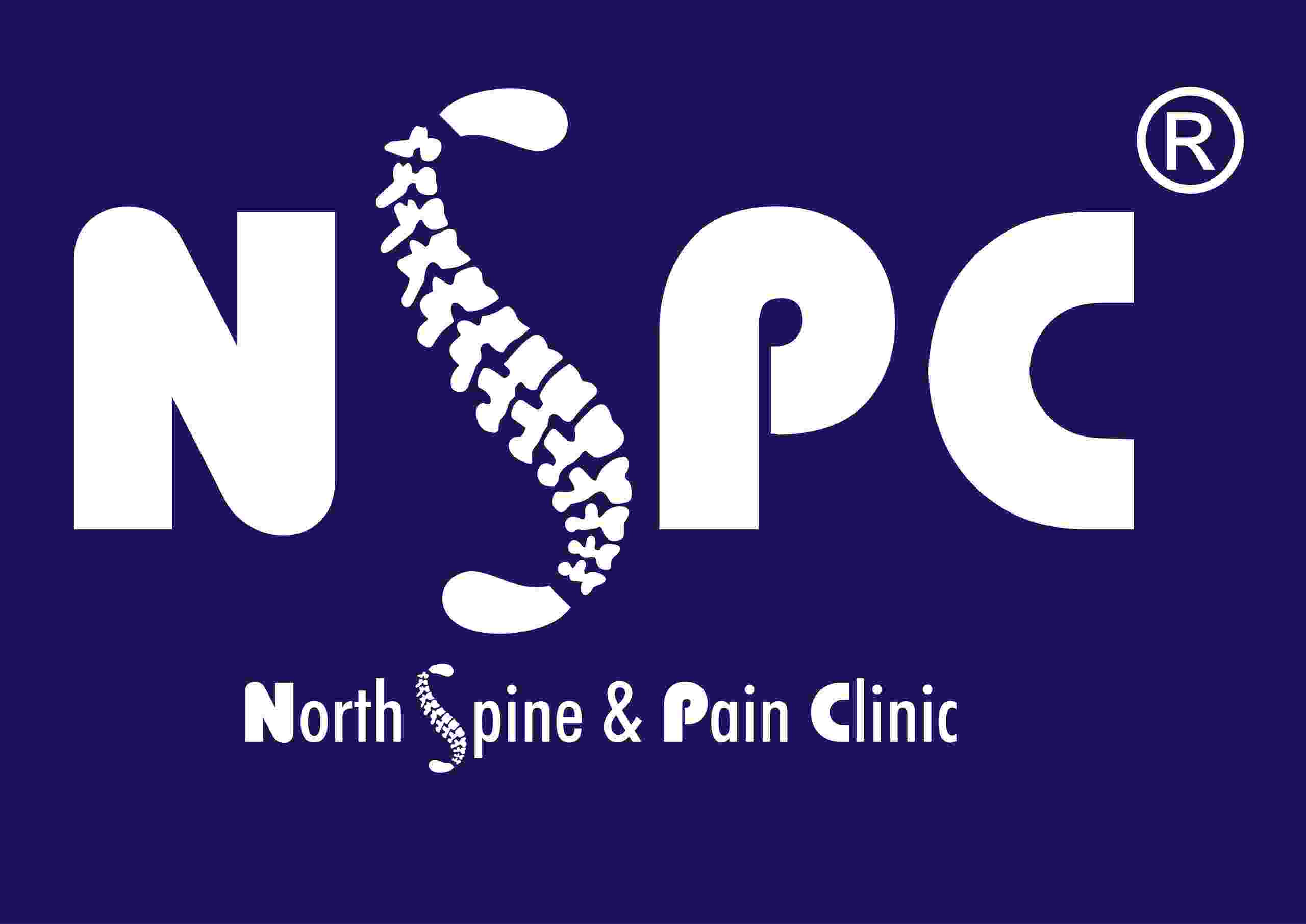How Minimally-Invasive Spine Procedures Help Avoid Major Surgery
In recent years, minimally invasive spine procedures have revolutionized the way spinal conditions are treated. Patients who once faced the daunting prospect of open-back surgery now have the option to choose a safer, quicker, and less painful path to recovery. A minimally invasive procedure or minimally invasive intervention offers multiple benefits, making it a preferred choice for both patients and healthcare providers.
What is a Minimally Invasive Spine Procedure (MIPSI)?
A minimally invasive spine procedure involves using no incisions, no cuts, specialized instruments, and advanced imaging techniques to treat spinal disorders. Unlike traditional open surgery that requires large incisions and significant muscle dissection, a minimally invasive technique causes negligible damage to surrounding tissues.
The goal of a minimally invasive procedure or minimally invasive intervention is to achieve the same outcome as open surgery but with minimal complications, reduced hospital stays or no hospital admission, and faster recovery times. These procedures are commonly used to treat herniated discs, spinal stenosis, degenerative disc disease, compression vertebral fractures, and other spinal conditions.
Benefits of Minimally Invasive Spine Procedures (MIPSI)
There are numerous advantages of choosing a minimally invasive spine procedure over traditional surgery:
1. Smaller Incisions or No Incisions
A minimally invasive procedure or minimally invasive intervention typically requires no incision or incisions approximately 1 cm in length. This greatly reduces scarring and leads to better cosmetic outcomes.
2. Less Blood Loss or No Blood Loss
Because the treating area is more controlled and precise, a minimally invasive approach significantly reduces blood loss during the procedure.
3. Shorter Hospital Stay
Many minimally invasive spine procedures are performed on an outpatient basis, allowing patients to return home the same day or after a short hospital stay.
4. Reduced Pain and Faster Recovery
The reduced trauma to muscles and soft tissues means less post-procedure pain and a faster return to normal activities. Patients often resume work and daily life much sooner compared to those who undergo traditional surgery.
5. Lower Risk of Infection
Smaller incisions and less exposure of internal tissues lower the chances of infection, making a minimally invasive procedure or minimally invasive intervention safer overall.
Common Minimally Invasive Spine Techniques (MIPSI)
Several types of minimally invasive spine procedures are available, depending on the condition being treated:
- Percutaneous Discectomy: Removes part of a herniated disc pressing on a nerve.
- Neuroplasty: Relieves pressure on the spinal cord or nerves.
- Radio Frequency Procedures: Provides long-standing pain relief from back pain and degenerative spine joint pain.
- Vertebroplasty and Kyphoplasty: Treat compression fractures caused by osteoporosis.
All these techniques fall under the umbrella of minimally invasive procedures or minimally invasive interventions and help patients recover without the stress of major operations.
When is MIPSI, a Minimally Invasive Procedure or Minimally Invasive Intervention Recommended?
Not every patient is a candidate for a minimally invasive procedure. However, for those back pain or cervical pain patients with conditions like disc herniation, sciatica, spinal pain, cervical spondylosis, cervical spondylitis, or stenosis, it can be an ideal alternative to open surgery. A thorough evaluation by a spine specialist is essential to determine the most appropriate treatment.
Final Thoughts
As medical technology continues to advance, minimally invasive spine procedures are becoming the gold standard for treating a wide range of spinal disorders. The ability to avoid large incisions, reduce complications, and speed up recovery is transforming patient experiences across the globe.
If you or a loved one is dealing with chronic back pain or a spinal issue, consulting a specialist about a minimally invasive procedure or minimally invasive intervention could be the first step toward a healthier, pain-free life.
Visit the Minimally Invasive Spine Treatment Specialist – Dr. G N Goyal for any non-surgical, minimally invasive, keyhole treatments in Delhi, Haryana or Punjab, at the nearest Spine Clinic – NSPC Clinic, and book your appointment now! Or Click on WhatsApp on the right side of the screen.
Contact Us
Hear from our Happy Patients
You may please click here to know the pleasant experiences of our back pain patients and cervical pain patients.

